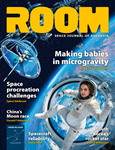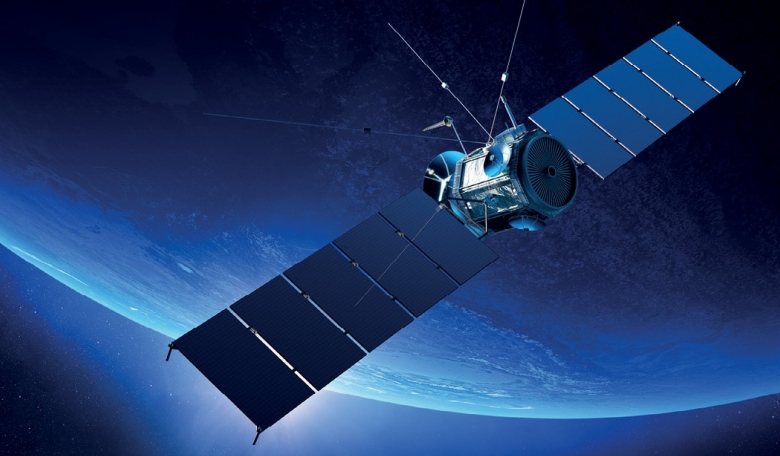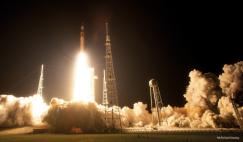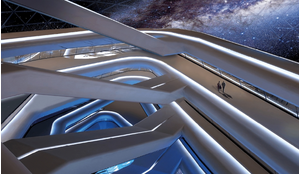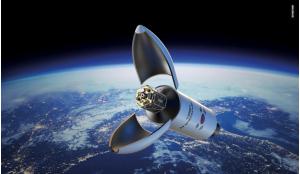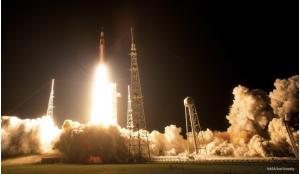The geostationary orbit (GEO) satellite belt is a unique location above Earth affording a continuous line-of-sight to satellite uplink and downlink stations. The volume defined by this belt - the altitude at which the orbital period exactly matches the rotation of Earth - is large but available slots are limited. Increasingly over the last 50 years, it has become more crowded as humankind has launched more and more satellites. Uncontrolled, incapacitated satellites and an ever growing amount of space debris pose significant hazards - and the only way for satellite operators to avoid collisions with space objects is to manoeuvre them out of harm’s way. Knowing when and where to manoeuvre requires space situational awareness (SSA) - just one aspect needed to maintain safety of flight in this highly valuable orbital regime.
From the point of view of an SSA practitioner, what are the key issues and dangers surrounding the current situation in the GEO belt? And what is the best possible set of near-term actions involving international cooperation through bodies such as the United Nations Committee On the Peaceful Uses of Outer Space (UN COPUOS), data sharing between actors in the space arena, public and private sector SSA efforts, and nascent research efforts into active space debris removal? Where should limited available resources be applied to effect the best possible outcome?
Find out more about the situation in the GEO belt and possible solutions to the growing satellite problem in the full version of this article, available now to our subscribers.


